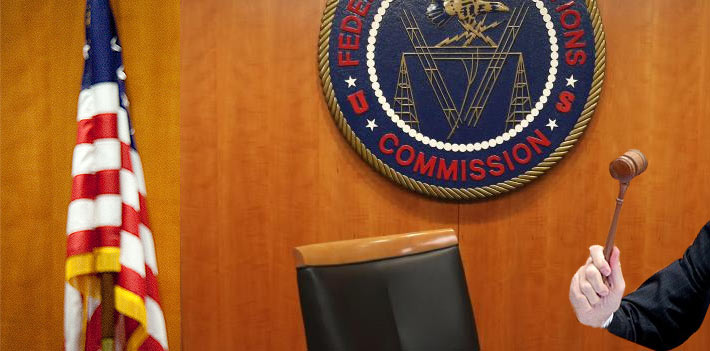
Commissioner Mignon Clyburn said, “There is seemingly no limit on how what we refer to as 5G could impact our everyday existence.” The FCC approved the new rules with a vote of 5-0.
The FCC today adopted new rules for wireless broadband operations in frequencies above 24 GHz, making the United States the first country in the world to make this spectrum available for next generation wireless services. Building on the successful, flexible approach to spectrum policy that enabled the explosion of 4G (LTE), these rules set a strong foundation for the rapid advancement to next-generation 5G networks and technologies in the United States.
FCC Chairman Tom Wheeler had previously stated that it could be the most important decision his Commission could make this year. And trade groups and carriers agreed, applauding today’s 5-0 vote of approval for the Spectrum Frontiers rules.
This high-frequency spectrum will support innovative new uses enabled by fiber-fast wireless speeds and extremely low latency. While 5G technologies are still under development, today’s action by the Commission to put rules in place will provide vital clarity for business investment in this area.
These new rules open up nearly 11 GHz of high-frequency spectrum for flexible, mobile and fixed use wireless broadband – 3.85 GHz of licensed spectrum and 7 GHz of unlicensed spectrum. The rules adopted today creates a new Upper Microwave Flexible Use service in the 28 GHz (27.5-28.35 GHz), 37 GHz (37-38.6 GHz), and 39 GHz (38.6-40 GHz) bands, and a new unlicensed band at 64-71 GHz.
These rules balance different spectrum access approaches, including exclusive use licensing, shared access, and unlicensed access, in order to meet a variety of different needs and use cases. The Commission also adopted other flexible service and technical rules to allow new technologies and innovations to evolve and flourish without needlessly prescriptive regulations.
In a statement, the Commission said it has struck a balance between new wireless services, current and future fixed satellite service operations, and federal uses. The item adopts effective sharing schemes to ensure that diverse users – including federal and non-federal, satellite and terrestrial, and fixed and mobile –can co-exist and expand.
The Commission also adopted a Further Notice of Proposed Rulemaking, which seeks comment on several issues. The FNPRM seeks to apply the flexible use service and technical rules adopted today to another 18 GHz of spectrum encompassing 8 additional high-frequency bands, and seeks comment on a variety of other issues, including refinements to the performance requirements and mobile spectrum holdings policies, and the sharing framework adopted for the 37-37.6 GHz band.
With the adoption of these rules, the Commission has created a runway for U.S. companies to launch the technologies that will harness 5G’s fiber-fast capabilities.















